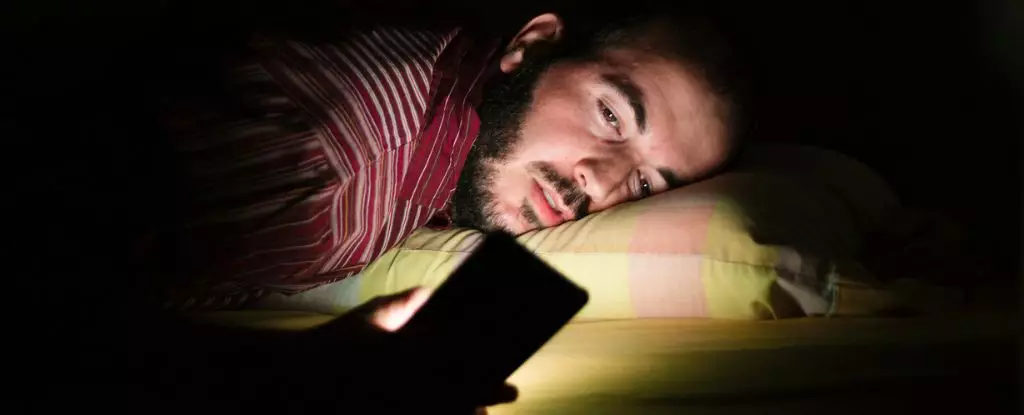A recent study conducted on a large cohort of participants between the ages of 40 and 69 suggests that exposure to artificial light after midnight may increase the risk of developing type 2 diabetes. The study involved tracking the exposure to different levels of light among nearly 85,000 participants through wrist-worn devices. Those individuals who later developed type 2 diabetes were found to have a higher likelihood of being exposed to light between 12:30 am and 6:00 am during the study period. While the research does not establish a cause-and-effect relationship, it does highlight a dose-dependent link between bright light at night and the risk of metabolic disorders.
Participants in the top 10 percent for light exposure at night were observed to have up to a 67 percent higher risk of developing type 2 diabetes compared to those in the bottom 50th percentile. This association between nocturnal light exposure and diabetes risk remains significant even after accounting for sleep patterns and duration. Factors such as sex, genetic predisposition, diet, physical activity, daylight exposure, smoking, and alcohol use did not appear to impact the results significantly. The researchers from Monash University in Australia, who led the study, suggest that advising individuals to avoid exposure to artificial light at night could potentially reduce the global burden of type 2 diabetes.
Emerging evidence points to the disruptive effects of artificial light on circadian rhythms, leading to issues like reduced glucose tolerance, altered insulin secretion, and weight gain, all of which are associated with an increased risk of metabolic disorders such as type 2 diabetes. While previous observational studies have linked nighttime light exposure to insulin resistance, the recent study emphasizes the importance of measuring indoor light sources more closely over an extended period. However, limitations in the research, such as the inability to consider meal times and individual variations in light sensitivity, suggest that further research is needed to fully understand the impact of artificial light on metabolic health.
The findings of the study underscore the need for public health recommendations aimed at reducing nighttime light exposure to mitigate the risk of developing type 2 diabetes. Simple interventions like avoiding the use of electronic devices emitting blue light, adjusting indoor lighting, and promoting healthy sleep habits may help individuals maintain their circadian rhythms and metabolic health. While more comprehensive studies are necessary to elucidate the mechanisms underlying the link between artificial light and diabetes risk, the current evidence highlights the potential benefits of minimizing light exposure at night for overall well-being.


Leave a Reply